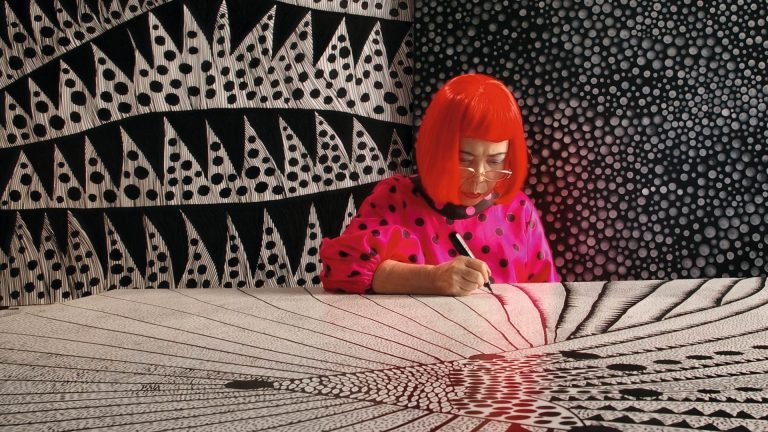Egyptologist Viktor Solkin talks about his latest adventures in the Egyptian antiques market. As you know, the export of historical values from Egypt is strictly prohibited. But when did that stop the antiquities hunters?

Kardashian sarcophagus
The loudest case of recent years was the story of Kim Kardashian. In the 2010s, the American Metropolitan Museum in the famous French gallery of Christophe Kunitsky bought the sarcophagus of the priest Nejemankh, completely covered with gold leaf, for three million dollars. This sarcophagus was exhibited in one of the halls of late Egyptian art, and then everyone forgot about it. Exactly until the moment when he attracted the attention of Kim Kardashian. It happened at one of the solemn receptions in the museum. The diva was wearing a tight-fitting golden dress, in which she decided to take a picture next to the exhibit. The picture began to circulate on Egyptian blogs and social networks, and at some point it was seen by Egyptian archaeologists. It dawned on someone that Kardashian was photographed against the backdrop of a sarcophagus that was recently found and should lie in an archaeological vault 200 kilometers from Cairo. They opened the vault: the sarcophagus, of course, was not there – there was a huge scandal. The Metropolitan Museum (they are very responsible in such matters) has returned the sarcophagus to Egypt and is suing the French gallerist-seller. It is now part of the stunning new National Museum of Egyptian Civilization. They say Kardashian is extremely proud that her beauty helped to find the stolen.
Neapolitan container
The Egyptian Revolution of 2011 created a huge wave in the black market. Diplomats actively participated in this antique business, they shipped rare items literally by wagons. Until now, Ladislav Otakar Skakal, a former cultural adviser at the Italian embassy in Luxor, is hiding from Interpol. It was he who owned a huge cargo transported to Italy. This container was accidentally opened by the police in Naples – there were more than 20 thousand authentic monuments of ancient Egyptian art. The mafia warned Skakal that he managed to escape from Egypt, otherwise he would have sat down for 15 years, which he eventually received in absentia.

Plastic-fiction
In 2005, gallerist and antiquarian Frederick Schultz, Bill Clinton’s personal adviser on antiques, was imprisoned on “Egyptian” charges. He exported Egyptian antiquities with the English restorer Jonathan Tockley-Parry. They took the genuine thing in Egypt, rolled it up in plastic, painted it in the style of “pull out the eye” and took it out of the country as a “souvenir”. Thus, a fantastic quality quartzite head of Amenhotep III (XIV century BC) was taken out. Fortunately, the new owner turned to the British Museum for expertise. In 1993, a landmark international exhibition dedicated to the pharaoh Amenhotep took place, for which a grandiose catalog was published. It published a stolen head, by then located in Egypt. The restorer Tockley-Parry went to prison in England, the antiquarian Schultz in the States, for several different deals. But it was the head of Amenhotep III that killed them.

Mummy with bonus
Unexpected finds, attributions and revelations of Egyptian objects on the territory of Russia are almost always associated with what was acquired by pre-revolutionary collectors. The most famous of them is Vladimir Semenovich Golenishchev, whose collection formed the basis of the Egyptian collection of the Pushkin Museum im. Pushkin. And what he got is great. This museum fund was replenished by Boris Alexandrovich Turaev. Among his purchases is a mummy sarcophagus, which the museum recently reported as an exposed fake. The fact that this sarcophagus is not clean was known in the museum for a long time. They doubted the date – they thought that it was either very ancient (due to the pose of the mummy lying inside), or late, Coptic (due to the style of the paintings). Now, using new technologies, they have proved that the sarcophagus is a fake of the 19th century, but the mummy is really archaic. The fact is that in the century before last, it was hard to sell just a mummy, there were a huge number of them on the market, but complete with a sarcophagus – much easier.
Gold is out of competition
The most famous “Egyptian” theft in Russia took place in the Hermitage, when in 1994 a glass Egyptian bowl of the 3rd century BC disappeared from the exhibition “Culture and Art of the Peoples of the Caucasus”. BC e., the era of Ptolemy. Later it turned out that an electrician who simply liked her carried her out. There was a similar theft in Moscow. But few people know about it – Svetlana Khodzhash, who kept the Egyptian collection at the Pushkin Museum, told me this story. In the 1920s, when the windows were opened elementarily, gold items were stolen from the showcases in the Egyptian Hall – linings in the form of falcons, amulets and other items. They didn’t find anything. After that, it was decided to remove the precious metals. The fear of the museum workers was so great that the golden exhibits returned only in 2012, after the reconstruction – these were the golden wreath of the mummy and the gilded falcon.
Photo: Depositphotos.com, courtesy of the author, pushkinmuseum.art








